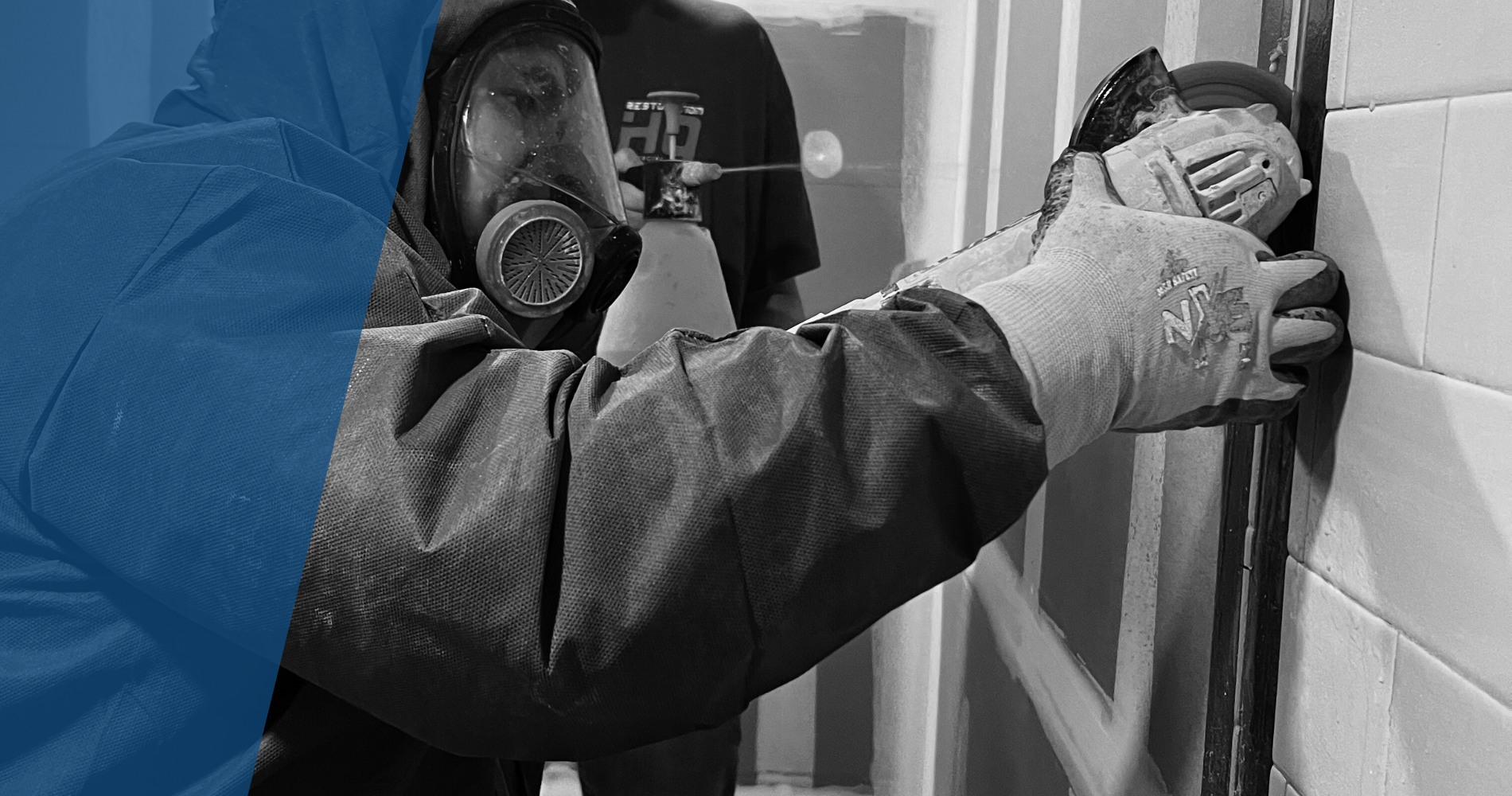
Asbestos has never been banned in the US, contrary to popular belief. Over 3,000 products in the US imported from developing nations contain asbestos. Some of these products can be adhesives, floor sheeting, plaster, joint compounds, vinyl floor tiles and many more products used in construction. This means that new construction buildings may very well contain asbestos (not just older construction buildings like many believe).
The EPA (NESHAP) regulates public, commercial, industrial and apartment building (four+ units). The AHERA regulates schools, and OSHA regulates workers’ safety. If your project is ever inspected, your local NESHAP inspector will most commonly conduct the inspection. These inspections are never scheduled, and you are not given any time to prepare. They are designed to catch contractors in violation of state and federal laws. Citations can be very costly and can cause delays in the project. RestorationHQ ensures that every project is set up and ran in accordance to all applicable rules and regulations to avoid any and all violations.
Whenever asbestos is disturbed, it is considered harmful. If the materials are not disturbed and if fiber release does not occur, then the material is not considered an immediate hazard. This is why restoration and renovation projects are at the most risk for creating a fiber release. The fibers can stay in the body for years, potentially causing short- and long-term damage.
Anyone conducting work, repairs or maintenance on buildings with material containing asbestos—for example, property owners cutting into walls or drilling holes, remodeling companies, roofing or demolition companies and restoration companies—are at risk for disturbing it. As for liability, it resides with the owner/operator of the demolition or renovation project(s). There are times when a management company acts on behalf of the owner. In these cases, the property manager is also liable, as are contractors and subcontractors.
We believe in being proactive in the restoration process—so, no, you do not have to wait! When we begin a restoration project, we first collect asbestos samples and send them to a third-party lab for testing. Then, instead of waiting around for the results, potentially wasting restoration time, we will begin restoring your damaged property. The testing only takes a few hours, so we will continue to work while the samples are being tested. Based on the results, we will take action where needed. As an owner or operator of the building, you can always opt out of testing materials and in those cases all subsequent demolition or renovation procedures will have to be performed as an asbestos abatement. It is up to the client if he or she wants to test or to presume the presence of asbestos.
Phoenix: (480) 256-1453
Tucson: (520) 771-8268
"*" indicates required fields